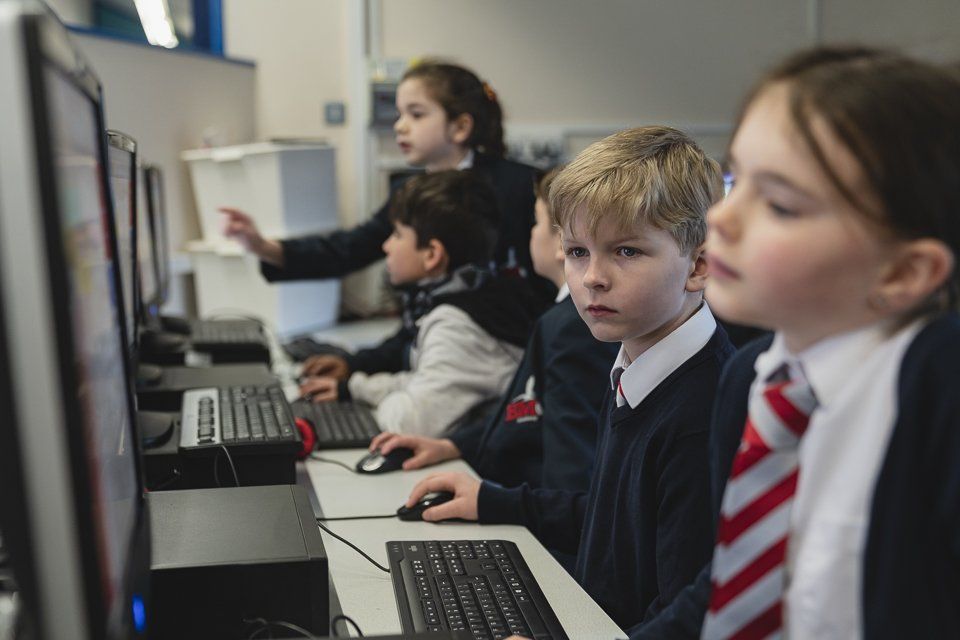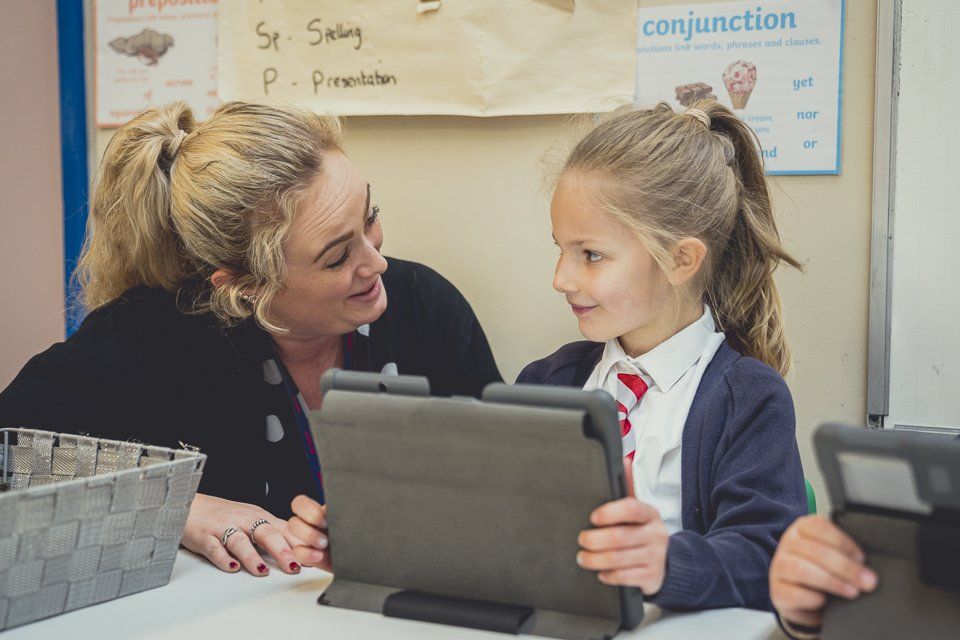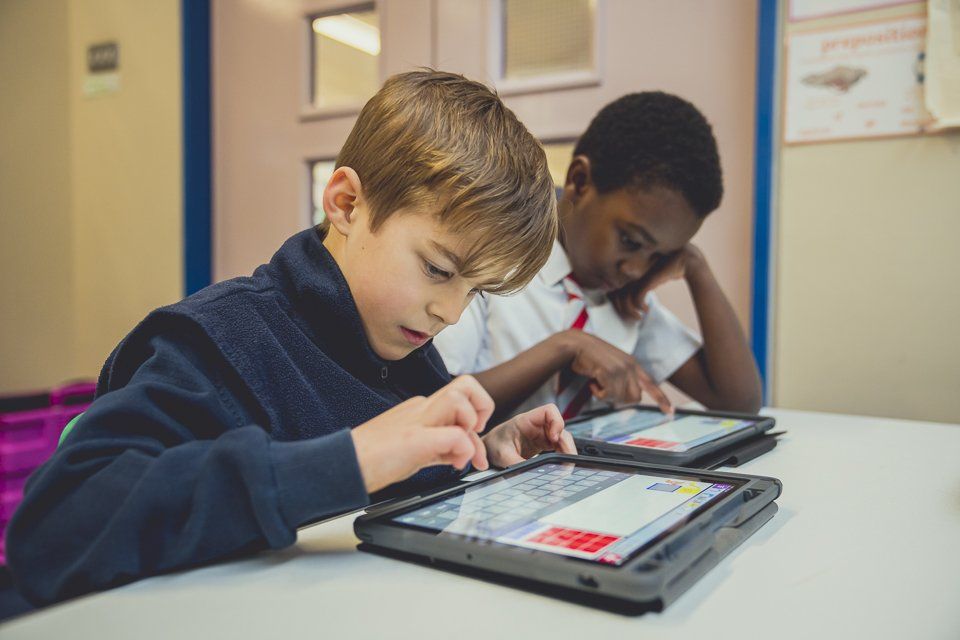Online Safety
Bourton Meadow Academy


Many of our children have regular access to the internet, so we take E-Safety very seriously, keeping children safe online – both in school and at home.

All computers at school are protected by filters, which are regularly updated to minimise the risk of children accessing inappropriate material online

We have a comprehensive E-Safety policy along with a policy on the Acceptable Use of Computers for staff and pupils, which are available to view on the school policies page.

E-safety is explicitly taught through our computing and PSHRE curriculum, with each year group covering an E-Safety unit, which progresses in content as they move through the school.

Staff understand that E-safety falls within safeguarding and it is therefore everyone’s responsibility to ensure that children remain safe online. Regular E-safety updates are shared with all staff throughout the year.

We work closely with parents to promote the safe and responsible use of devices, particularly those that have access to the internet. We share regular information about E-Safety so that they are also aware of the risks and practical ways to minimise these to keep their children safe. We also signpost parents to websites and other resources to support online safety.
10 things parents can do to keep their children safe online
-
1. Take control
Install parental controls – either through your broadband or on individual devices – so you can manage which sites your child is able to access and the type of content they see. Such controls can also help you manage their interactions online.
-
2. Use Passwords
Ensure devices are protected by passwords so your children can only access the internet with your knowledge and permission. Passwords can also prevent your child from intentionally or accidentaly making additional purchases when playing games or using Apps.
-
3. Limit screen time
Advice from the National Institute for Health and Care Excellence (NICE) suggests that children should have no more than two hours' screen time each day. Establish clear boundaries at home and stick to these, avoiding screen use immediately before bedtime. It is important that adults model these boundaries themselves, to help promote good habits.
-
4. Keep screens and devices where you can see them
Always monitor your child’s time online, particularly younger children. Keep the computer in a central spot in the home where it is easy to keep an eye on what your child is doing and viewing online. For younger children, you might also consider checking browser histories after your child has been online to see what sites they are visiting.
-
5. Safe Searches
Teach your child to use safe searches such as Google Safe Search, Kiddle or Kidzsearch, which help to filter inappropriate content.
-
6. Explore together
Talk to your children about what the internet is, its benefits and risks. Explore sites together and signpost your child to fun, safe and educational programmes.
-
7. Talk openly to your child about their online activity
Ask what your child is reading, watching, playing and who they are communicating with online. Talk to your child about what is appropriate and what is not.
-
8. Teach your child to be ‘Share Aware’
Teach them about their online reputation and how they must be careful about how they behave, interact with people and represent themselves in such a public forum. Ensue your child knows that the internet is not private. Ensure you model this too, through your own interactions online.
-
9. Keep up-to-date
New games and Apps are being developed all the time. As you become aware of them, check their suitability by finding out about their content and functionality, as well as the minimum age requirements
-
10. Talk to older sibling(s)
Discuss internet safety with older children and family friends so that they can be careful about what they share with your child online and what they promote through their discussions. Encourage them to be a positive role model for your child.

